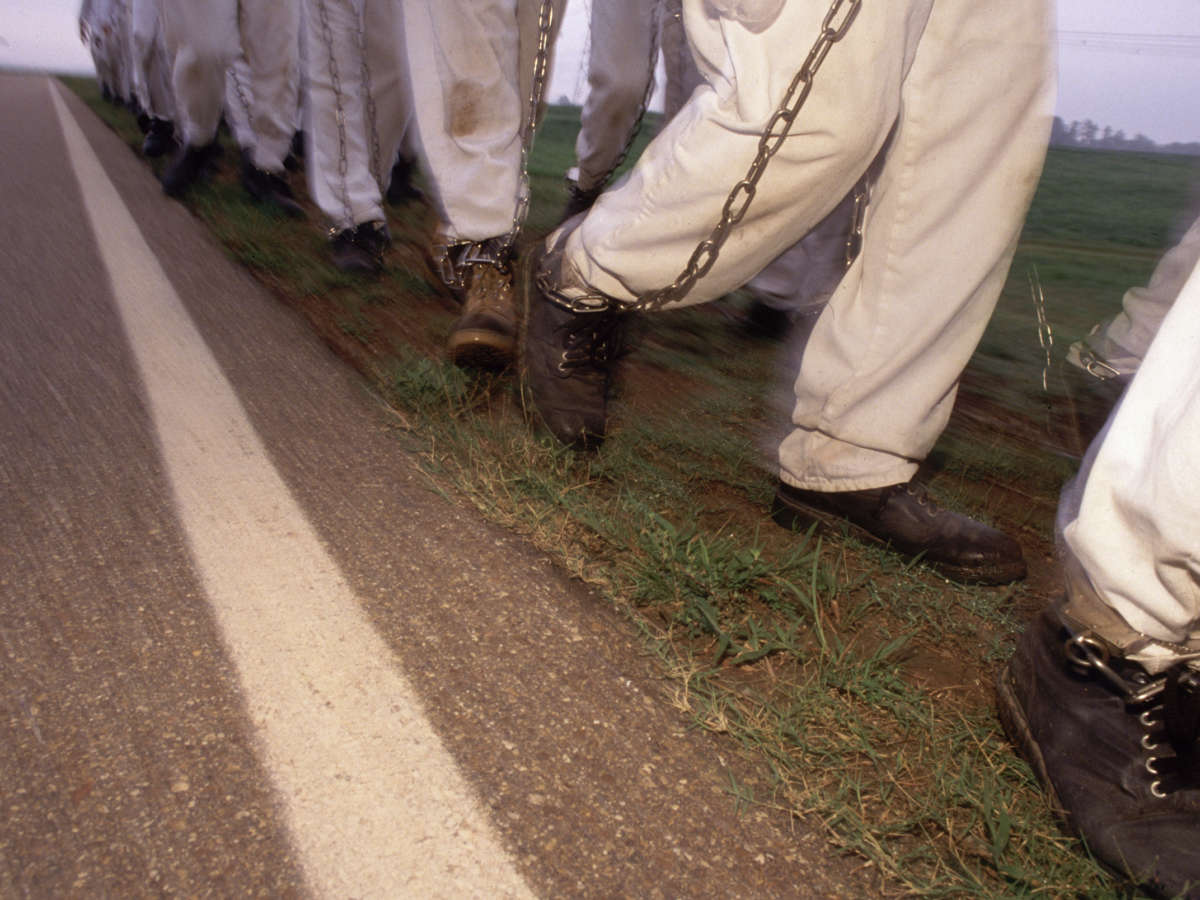In Alabama, a death by execution is classified as a homicide. At first glance, this might seem like an honest acknowledgement that capital punishment is state-sanctioned murder, but it is more likely a maneuver to hide the horrifying reality of capital punishment.
When journalists request autopsy records following an execution, the Alabama Department of Forensic Sciences declares the case remains “under investigation” and refuses to release them until the investigation has concluded. How Alabama kills is a state secret.
The purpose of lethal injection has always been to obscure the awful truth of taking a human life. By administering a paralytic to stop prisoners from contorting or crying out as they suffer what Supreme Court Justice Sonya Sotomayor described as “the chemical equivalent of being burned at the stake,” witnesses are spared the agony — and prevented from realizing the torture that is unfolding. Alabama’s recent execution of Joe James shows that states are finding even this false, sanitized theater a little too real.
Here’s what we know: The execution was scheduled to start at 6 pm. At 6:33 pm, media witnesses were locked in a prison van without their phones and told to wait. They waited. And just before 9 pm, they were led into the room overlooking the execution chamber, where they saw James, apparently unconscious, with his eyes closed. When the warden asked if he had any last words, James did not respond.
In the official account, the execution lasted 23 minutes, from 9:04 pm, when the first of the lethal drugs was administered, to 9:27 pm, when James was pronounced dead. In fact, officials spent the best part of three hours trying to establish intravenous access. Photos seen by The Atlantic show multiple puncture marks where he was stabbed with needles as well as deep cuts where his flesh was sliced in efforts to find a vein. Bruises show signs of struggle, and reports suggest officials forcibly sedated him.
The parallels with the attempted execution of Doyle Lee Hamm in 2018, also in Alabama, are striking. During that nearly three-hour ordeal, corrections staff pierced Hamm’s body a dozen times, puncturing his bladder and his femoral artery. Unlike James, he lived to tell the tale.
Then, as now, officials initially insisted nothing went wrong. “I wouldn’t characterize what we had tonight as a problem,” Alabama Department of Corrections Commissioner Jeff Dunn told the press. Current Commissioner John Hamm described the grisly three-hour effort to kill James as “nothing out of the ordinary.”
James’s execution appears to have taken longer than any recorded lethal injection execution carried out in the U.S. and may turn out to be the longest execution in U.S. history using any method, but it’s not an outlier. Setting an IV line is exceptionally difficult, even for a trained medical practitioner — something prison staff are not. Very often, it becomes a bloody spectacle. And even when it doesn’t, it’s still likely the prisoner died in agony, because lethal injection was designed to hide the very pain it causes.
In 2006, curtains were drawn on Joseph Clark’s execution after one of his veins collapsed. Witnesses heard “moaning, crying out and guttural noises” in the 90 minutes he took to die. Three years later, officials in Ohio stabbed Romell Broom at least 18 times in the arms over the course of two hours before calling off his execution. In 2014, Clayton Lockett writhed and groaned and bled all over the gurney when prison staff in Oklahoma punctured an artery, only to suffer a heart attack just as the state shut the execution down. At least seven more lethal injection executions have lasted more than an hour.
In response to these horrifying spectacles, states have drawn up new execution protocols that only allow witnesses in once the IV line has been set. People condemned to die by lethal injection are now effectively executed twice: first the torturous procedure behind closed doors, then the theatrical performance for witnesses.
For instance, in 2017 in Arkansas, witnesses arrived to find Jack Jones strapped to a gurney with IV lines inserted. Though the execution officially took 14 minutes, it emerged that officials spent 45 minutes behind the scenes jabbing at his neck and clavicle. In the autopsy report, the coroner noted that “tan colored makeup” had been applied to the body, in an apparent attempt to cover up the wounds.
The family of Joe James’s victim, Faith Hall, did not want him to be executed. Her daughter, Terrlyn Hall, told the Associated Press: “I just feel like we can’t play God. We can’t take a life. And it’s not going to bring my mom back.” But after Alabama Gov. Kay Ivey rejected the request, one homicide followed another, in empty vengeance.
Right now, we don’t know exactly what happened in that room between 6 pm and 9 pm, in the final hours of Joe James’s life. Because state officials “cannot confirm” that James was conscious when the drugs were administered, we don’t even know for sure that it was the drugs that killed him.
We do know that it was a homicide. Until Alabama officials abandon lethal injection and abolish the death penalty, there will be even more blood on their hands.


